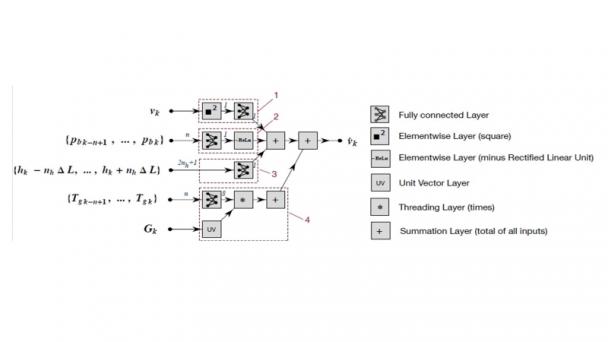A Reinforcement Learning Approach for Enacting Cautious Behaviours in Autonomous Driving System: Safe Speed Choice in the Interaction With Distracted Pedestrians
Abstract
Driving requires the ability to handle unpredictable situations. Since it is not always possible to predict an impending danger, a good driver should preventively assess whether a situation has risks and adopt a safe behavior. Considering, in particular, the possibility of a pedestrian suddenly crossing the road, a prudent driver should limit the traveling speed. We present a work exploiting reinforcement learning to learn a function that specifies the safe speed limit for a given artificial driver agent.






